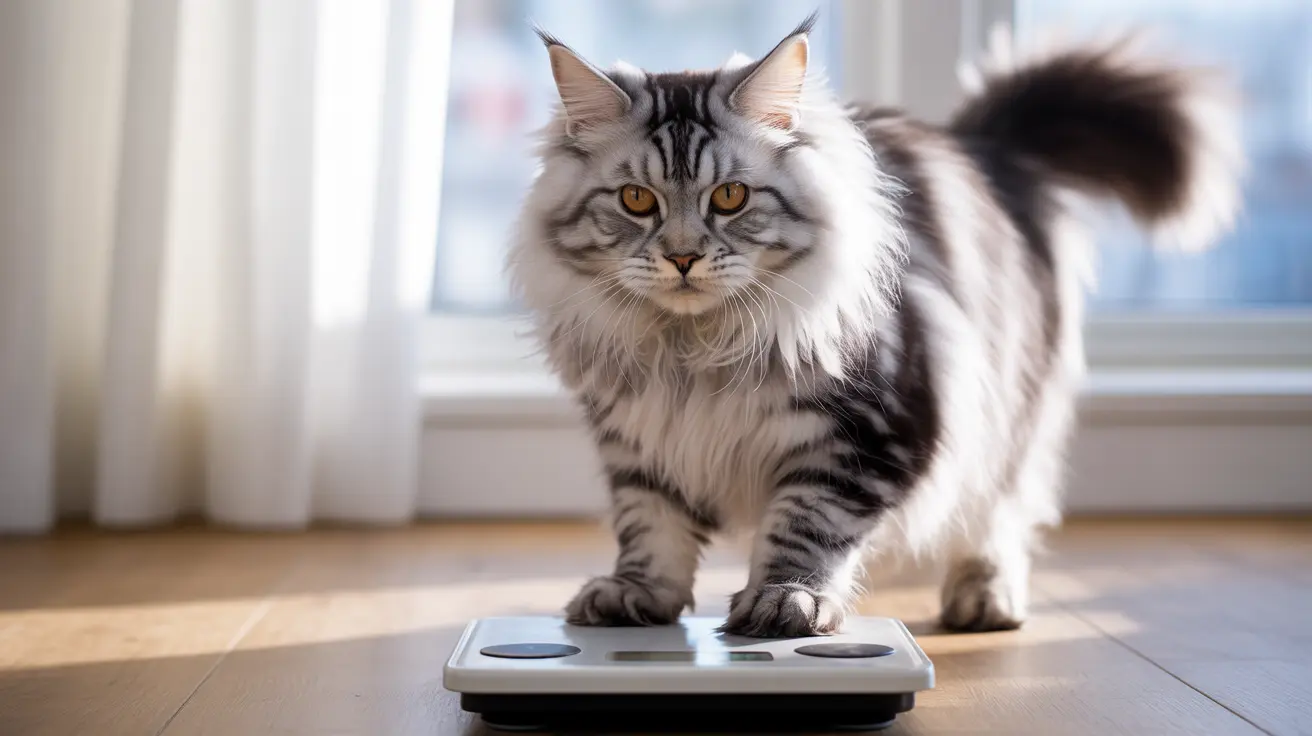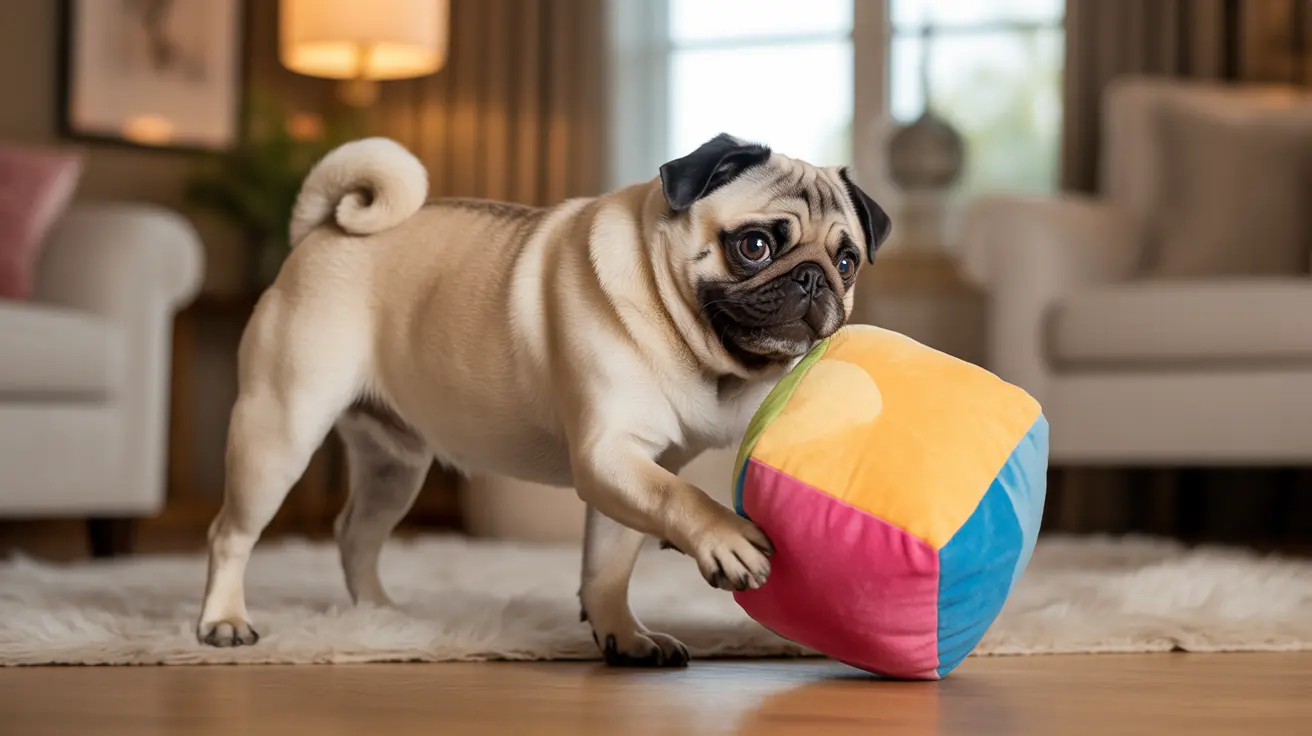Do all dogs sit on their owners?
Not all dogs sit on their owners, but many do due to natural instincts, emotional bonding, and learned behaviors.
Why Dogs Sit on Their Owners: Understanding the Behavior
Dogs are known for their affectionate and sometimes quirky behaviors, and one such behavior is sitting on their owners. While not all dogs exhibit this habit, many do so for a variety of compelling reasons. Understanding why your canine companion chooses your lap, chest, or even your feet as their favorite seat can help deepen the bond between you and your pet.
1. Instincts and Emotional Bonding
- Security and Comfort: Dogs seek physical closeness to feel safe, especially during stressful situations like thunderstorms, fireworks, or unfamiliar environments.
- Puppyhood Influence: As puppies, dogs are accustomed to sleeping in tight piles with their littermates and mother. This behavior often transitions into adulthood, making them seek similar closeness with their human family.
- Affection: Sitting on their owner can be a way for dogs to show love and affection—a direct expression of their bond.
2. Attention-Seeking and Learned Behavior
- Positive Reinforcement: Dogs learn behaviors based on responses. If sitting on you earns them pets, cuddles, or treats, they associate it with positive outcomes and are more likely to repeat it.
- Initiating Interaction: Some dogs sit on their owners to start playtime or get attention, especially if they’re feeling bored or neglected.
3. Territorial Marking and Resource Guarding
- Scent Glands: Dogs have glands that secrete scent and may use sitting as a means to leave their scent and mark territory, especially if other pets are around.
- Protectiveness: In multi-pet households, a dog may sit on their owner to assert ownership or dominance, which can occasionally lead to resource guarding behaviors.
4. Separation Anxiety and Clinginess
- Signs of Anxiety: Dogs that suffer from separation anxiety often seek constant contact, following their owners around and sitting on them to avoid being alone.
- Comfort Through Proximity: Sitting on or near their owner can bring anxious dogs a sense of calm and reassurance.
5. Breed-Specific Tendencies
- Lap Dog Nature: Smaller breeds like Chihuahuas, Shih Tzus, and Maltese are especially prone to sitting on laps due to their size and affinity for closeness.
- Affectionate Large Breeds: Surprisingly, larger breeds like Golden Retrievers, Labradors, and Great Danes can also be lap lovers due to their affectionate temperaments.
6. Physical Comfort and Temperature Regulation
- Need for Warmth: Dogs may sit on their humans to gain warmth during colder months.
- Cooling Effect: In some cases, lying on a cool human can help dogs regulate their body temperature.
7. Dominance or Hierarchy Assertion
- Alpha Behavior: Some dogs may sit on their owner to establish dominance over other household pets.
- Warning Signs: If accompanied by growling, barking, or guarding behaviors, it may need to be addressed by a professional trainer or vet.
8. Training Your Dog to Sit Elsewhere
- Redirection: Offer a designated spot with bedding or a dog cushion and positively reinforce them for using it.
- Consistency: Use commands and reward systems to reinforce desired behaviors.
- Medical Evaluation: A sudden change in behavior or new clinginess may indicate an underlying health issue. Consulting a veterinarian is advised.
Conclusion
Not all dogs exhibit the habit of sitting on their owners, but for those who do, it's a deeply ingrained behavior rooted in emotional bonding, instincts, and experience. Whether it's for affection, security, or simply as a learned response, this behavior is a testament to the unique and complex relationships that dogs form with their humans. By recognizing the reasons behind it, pet owners can foster a deeper understanding and stronger connection with their furry companions.





